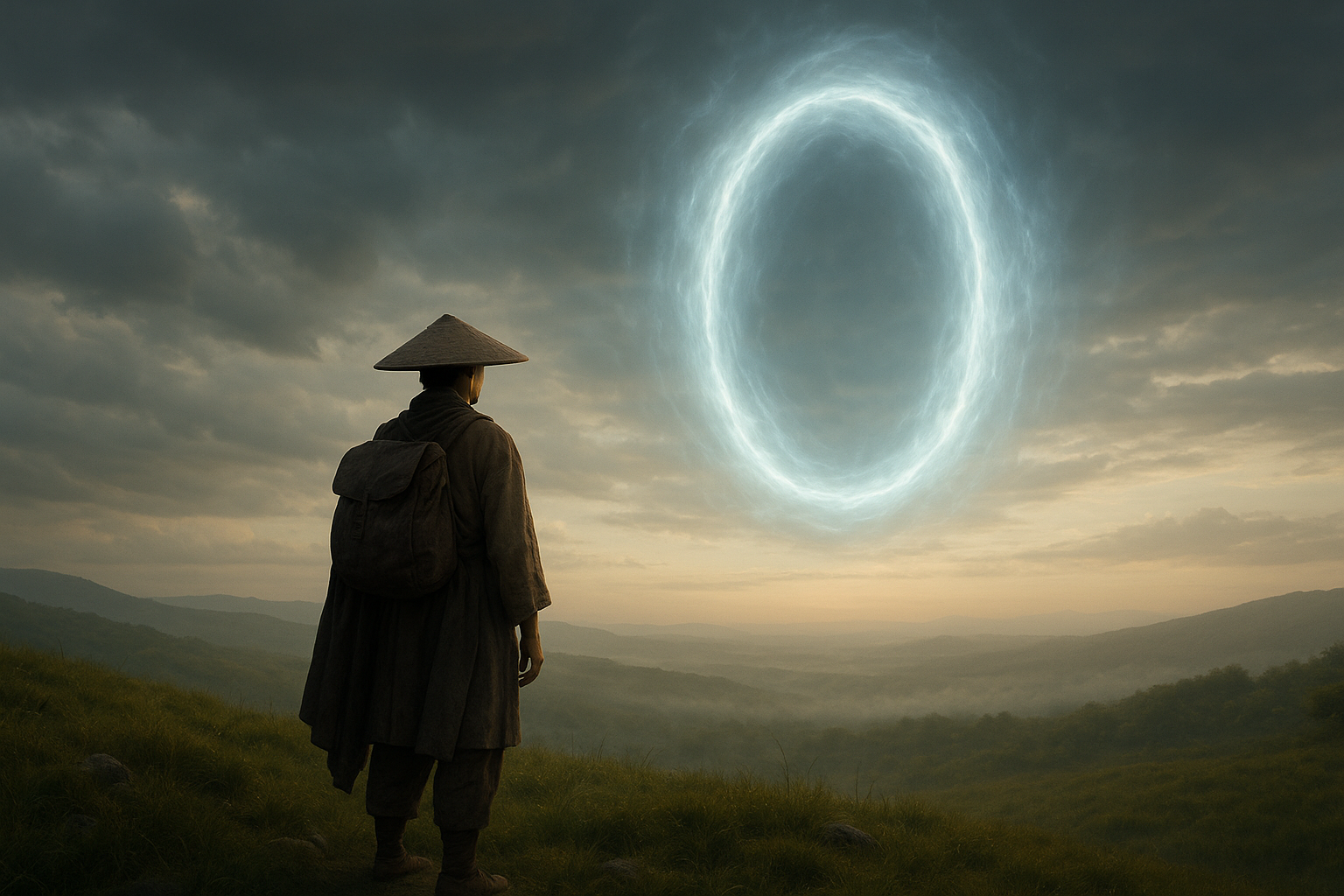Between Earth and Ether: The Traveler as Channel of Dao
In an increasingly chaotic world, the notion of the traveler as a conduit of Dao, or “The Way,” presents a timeless tranquility to those in search of spiritual balance. Embracing this concept can transform every journey into more than mere displacement, elevating travel to a practice of connectedness, harmony, and enlightenment.
Understanding Dao
Daoism, or Taoism, is an ancient Chinese philosophy that emphasizes living in harmony with the Dao. The Dao is an abstract concept, often translated as “The Way” or “The Path,” which represents the fundamental nature of the universe. As stated in The Tao Te Ching, attributed to Laozi, “The Dao that can be told is not the eternal Dao; the name that can be named is not the eternal name” (Project Gutenberg).
This quintessential teaching captures the ineffable nature of Dao, inviting followers to experience rather than explain. Traveling, in its most profound form, can become an exercise in this experiential understanding.
The Traveler as a Conduit
In the context of Daoism, a traveler is more than a person on a journey from point A to point B. A true traveler embodies the principles of Dao—effortlessly wandering, observing, and absorbing the energy of both Earth and sky. This depiction is resonant with the classic image of the wandering sage, a seeker of wisdom and conductor of cosmic energies.
The role of the traveler is one of intermediator between the tangible reality of the Earth and the ethereal expanse of the heavenly cosmos. By opening oneself to these dual realms, the traveler learns to flow with the natural rhythms, observing the world as a polyphony of existence rather than through the narrow lens of human ego and desire.
The Physical and Spiritual Path
Traditional travel often emphasizes the physical journey. However, for a traveler guided by Dao, the spiritual path is of greater significance. As Alan Watts, a prominent interpreter of Eastern philosophies, noted, “The only way to make sense out of change is to plunge into it, move with it, and join the dance.” (Goodreads).
Herein lies the unique intersection between travel and spiritual practice: to plunge into the journey is akin to surrendering to the will of the universe, engaging with change and experiencing life in its raw, unfiltered form. The traveler thereby becomes a medium of Dao, moving fluidly and consciously through the world.
Destinations as Reflections of Dao
- Mountains: Symbolize strength and stillness. Visiting these majestic elevations, a traveler can meditate upon the immense age and wisdom that emanates from their peaks.
- Rivers: Represent constant change and flow. Just as water navigates both gentle and treacherous terrains, the traveler learns adaptability and resilience.
- Forests: Embody life’s interconnectedness. Walking amidst trees allows one to contemplate the myriad forms of life that coexist harmoniously, reflecting the Daoist ideal of unity.
Each of these natural elements serves not only as a destination but as a reflection of the Daoist teachings. Traveling through them calls for silent observation and an openness to the lessons they silently offer.
Practical Advice for the Daoist Traveler
“Travel and change of place impart new vigor to the mind.” — Seneca
To channel the Dao effectively, consider the following during your travels:
- Remain Mindful: Practice mindfulness by engaging fully in each moment. This could mean putting away technology to fully appreciate the landscape.
- Observe Quietly: Be a silent witness to your surroundings. As nature unfolds its theater, let it whisper its wisdom to you without speaking over it.
- Honor Impermanence: Recognize that each experience, like the traveler, is transient. Cherish its uniqueness without attachment.
The Journey of Harmony
Traveling as a channel of Dao is not confined to exotic destinations or planned itineraries. It is a state of mind—a continuous journey of learning, experiencing, and evolving. In connecting to both Earth and ether, the traveler embodies the essence of Dao, finding peace in motion and wisdom in silence.
As we stand at the crossroads of worlds within and without, we might find, along the way, that the truth of our journey lies not in reaching a destination but in the journey itself. The lesson from Daoism remains timeless: to travel is not just to move through space, but to traverse the boundless landscapes of the heart and mind.
